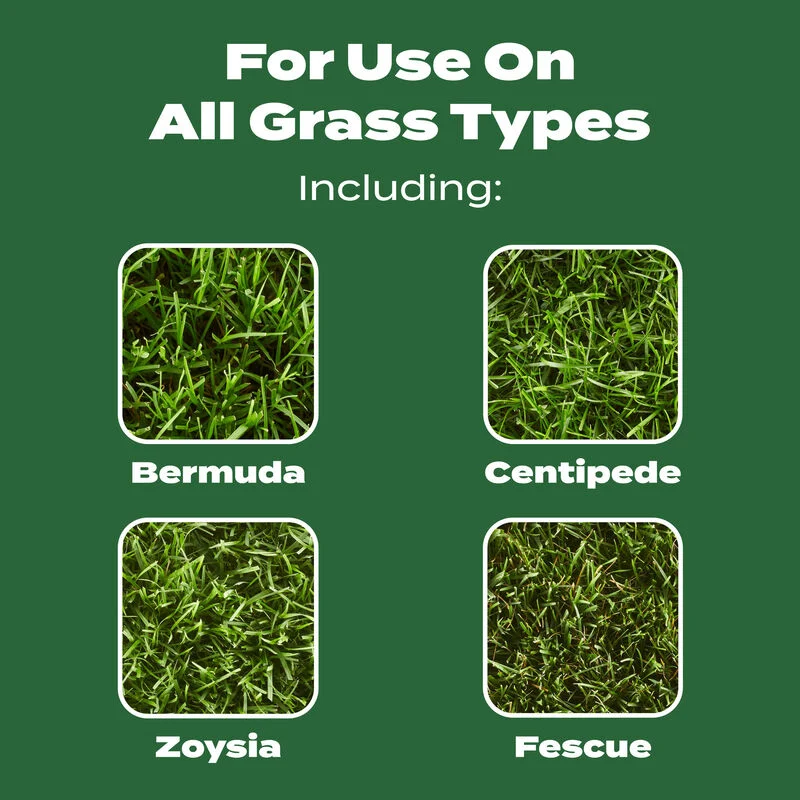Effective Strategies for Killing and Controlling Nutsedge in Your Yard
Nutsedge, commonly known as nutgrass, is a persistent and troublesome perennial weed that thrives in your yard or garden’s moist and poorly drained areas. With its rapid growth rate during hot weather, it can outpace the growth of your desired lawn or plants. Nutsedge possesses grass-like yellow-green leaves and distinctive purple or yellow spiky heads. This article will provide practical methods to combat and control nutsedge, preventing it from overtaking your outdoor spaces.
Prevention and Maintenance:
- Adjust Mowing Height: One of the simplest yet effective ways to control nutsedge is to adjust your mowing practices. Depending on your turf type and geographic location, raise the cutting height to one of the two highest settings on your mower. By allowing your grass to grow slightly taller, it becomes denser and more competitive, suppressing the growth of nutsedge and other weeds. Avoid mowing your lawn too short, as this can stimulate nutsedge growth.
- Regular Feeding: Maintaining a healthy lawn is the first defense against nutsedge. Regularly feed your lawn with high-quality food such as Scotts® Turf Builder® Lawn Food. A well-nourished lawn grows thick and vigorously, creating a natural barrier that inhibits the growth of nutsedge and other invasive weeds. If you are seeding a new property, applying Scotts® Turf Builder® Triple Action Built for Seeding in the North can help prevent yellow nutsedge for up to six weeks.

Control Methods:
- Hand Pulling: Hand pulling can be an effective control method for isolated nutsedge plants or small patches. Use a garden trowel or weeding tool to carefully dig beneath the plant, ensuring you remove the entire root system, including the tubers (nutlets) that contribute to its persistent growth. Be diligent in removing all traces of the weed, as any remnants left behind can regrow into new plants.
- Mulching: Applying a thick layer of organic mulch, such as wood chips or straw, to your garden beds can help suppress nutsedge growth. Mulch acts as a physical barrier, preventing sunlight from reaching the weed and inhibiting its germination. Ensure the mulch layer is 2-3 inches deep and avoid piling it directly against the stems or trunks of your desired plants.
- Herbicides: When the infestation becomes widespread or persistent, selective herbicides formulated for nutsedge control can be used as a supplementary measure. Read and follow the instructions provided by the manufacturer carefully. Apply the herbicide directly to the nutsedge leaves, ensuring thorough coverage. It may require multiple applications, as nutsedge can be resilient. Exercise caution when using herbicides and consider eco-friendly options if available.
- Improve Drainage: Since nutsedge thrives in poorly drained areas, improving the drainage in your yard can help prevent its growth. Consider installing drainage systems, such as French drains or dry wells, to redirect excess water away from the problem areas. Additionally, avoid overwatering your lawn or garden, as this can create a favorable environment for nutsedge.
Nutsedge, also known as nutgrass, can be a persistent and challenging weed to control. You can create an environment that discourages nutsedge growth by implementing preventive measures such as adjusting mowing height, regular feeding, and maintaining a healthy lawn. For more extensive infestations, manual removal, mulching, and selective herbicide applications can help bring the weed under control. Remember to stay consistent and persistent in your efforts, as eradicating nutsedge requires ongoing attention. By employing these strategies, you can regain control of your yard and enjoy.

